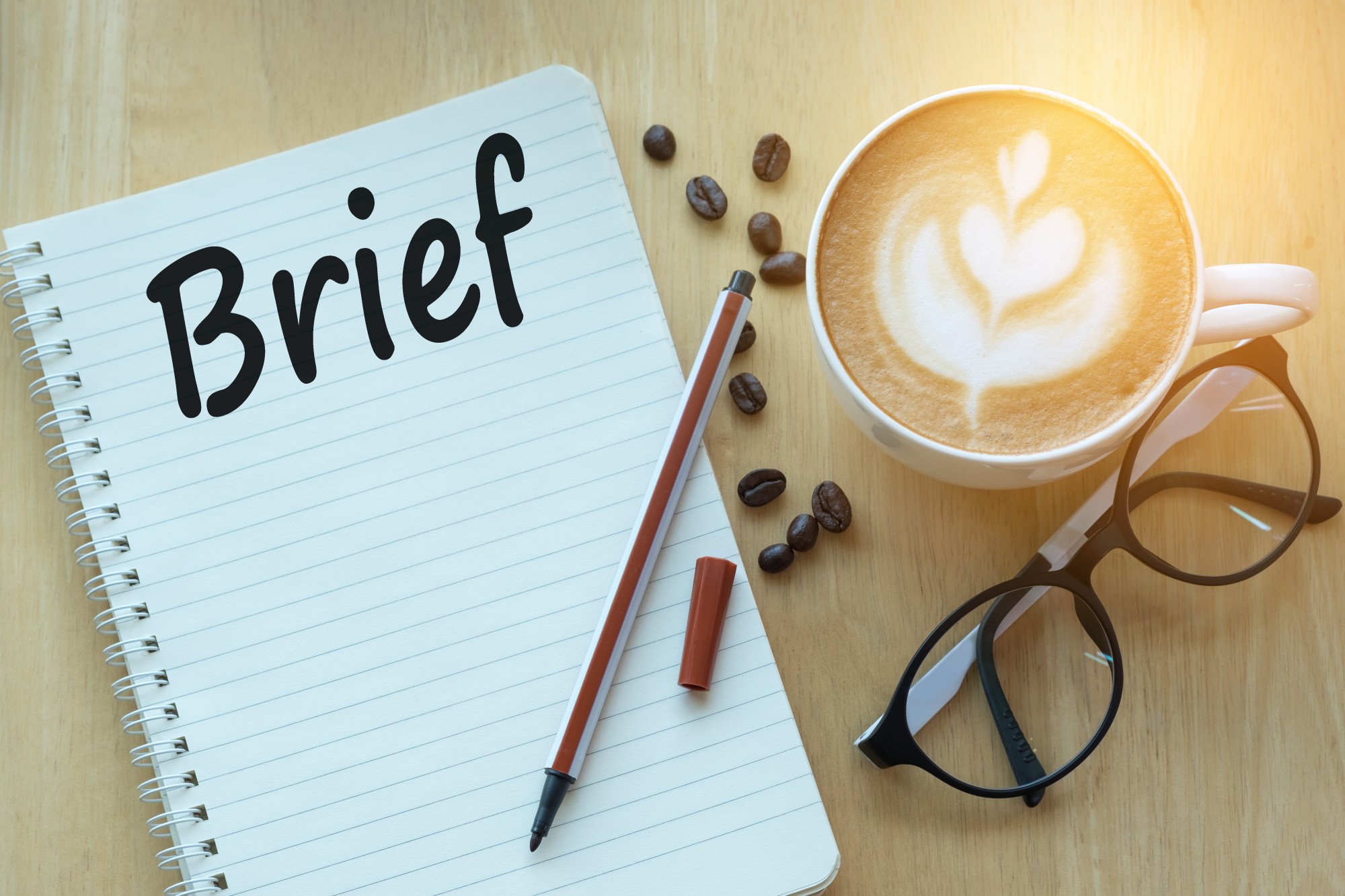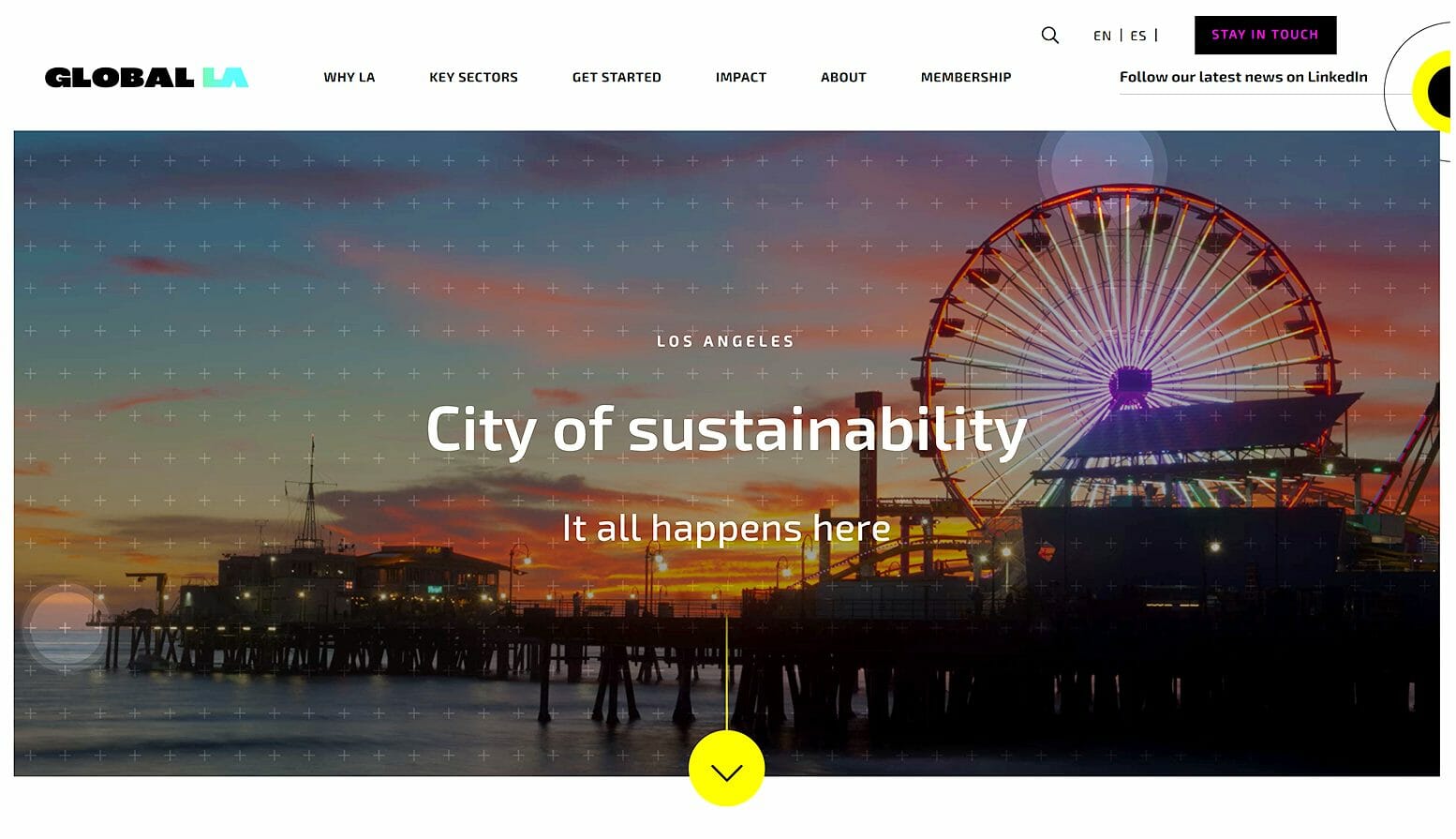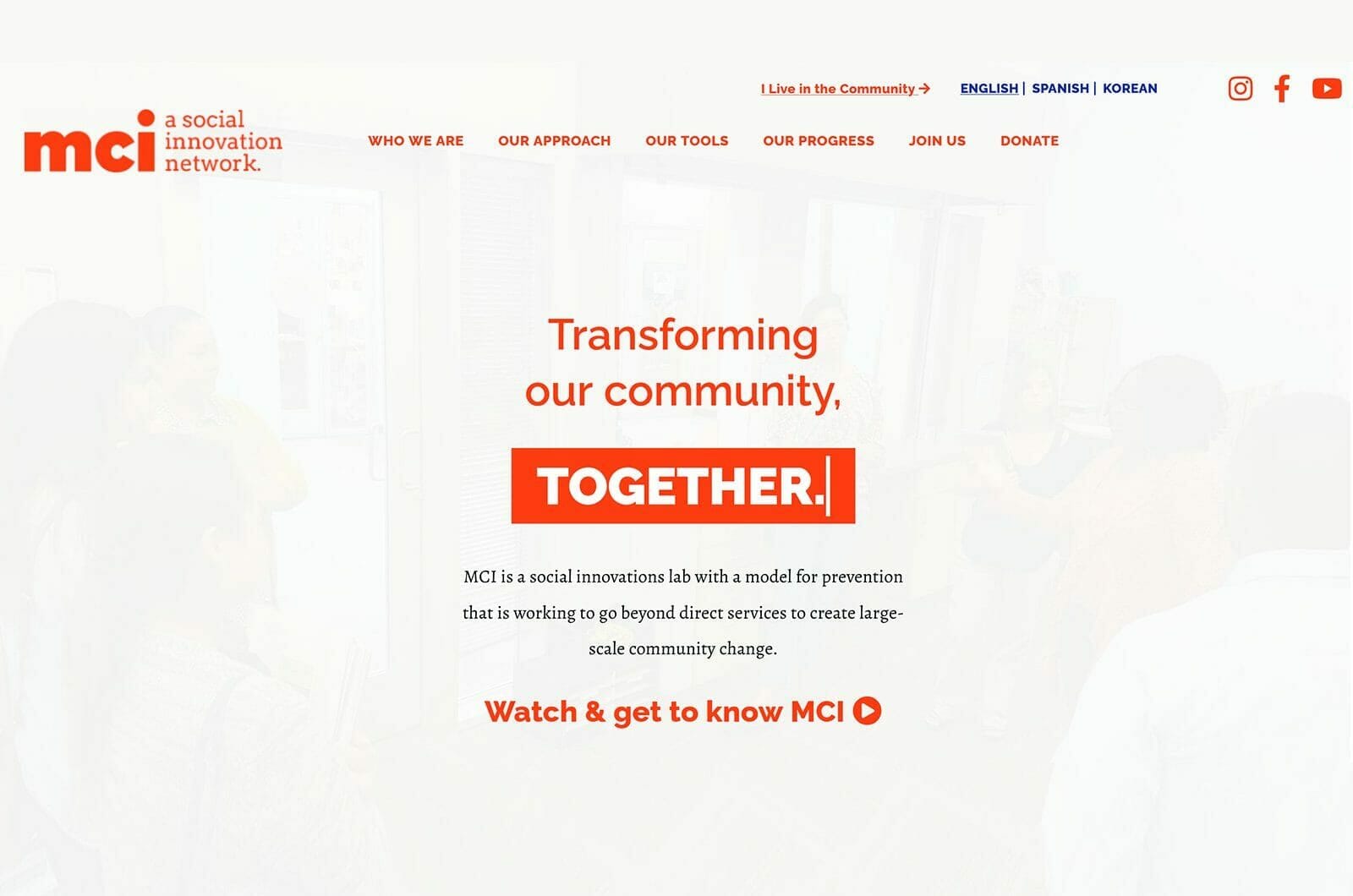22 Oct ‘19
9 Reasons Why a Good Creative Brief is Vital for a Successful Project
22 Oct ‘19
In: Branding & Visual Design, / By: Ripe Media
Whether you are launching a website or an app, promoting a new product or refreshing a brand, you need to have a creative brief for your project. This initial work may require a huge effort on the front end of a project, but it sets the foundation for a consistent and efficient process from beginning to end.
Here are nine reasons why both you and your clients will benefit from a creative brief to guide your projects.
1. Define Your Brand
By taking the time to create a brief on your project, you will be required to express a clear definition of the brand. Whether it is a new brand or one you are revamping, the creative brief is the perfect opportunity to define the brand and how the project will perpetuate and strengthen it.
Every aspect of the campaign must fit the brand’s mission, and by laying out each step, you will be forced to assess how every step will reaffirm that mission.
The colors, graphics, messaging and tactics must all follow the same marching orders. If you cannot clearly articulate how each tactic underscores the overall objective, now is the time to alter or change the tactic so that it does fit in.
It is much less expensive to change these concepts on paper than after they have been created.
2. Identify Your Audience
Your creative brief must also clearly identify who you want to reach and what that audience is looking for. Many firms do a great deal of research, from focus groups to data analysis, to find out what a particular demographic group responds to.
For example, if you are seeking a tween audience, you want to know what your ideal customer is watching, listening to, and wearing. If you are thinking about a spokesperson, you need to know to whom they may appeal.
Language and references, modes of communication like TikTok, and budgets are all key factors to outline in the creative brief so that you can explain to your client who your campaign is reaching and how.
3. Make Sure Everyone’s On The Same Page
A creative brief is also critical if you have a large, multi-faceted team working on different aspects of the campaign. You need to make sure that they are all on the same page- literally.
If you have different people coding the website and designing outdoor and print collateral, they must all be using the same colors, font, characters, perspectives and messaging. The creative brief must be their Bible!
4. A Clear Vision
Often a brand statement can be summarized in a succinct description of only a sentence or two. However, when that brand is translated across mediums, it can lose clarity.
Spend your time at the beginning of a project setting down a firm foundation for the campaign’s vision. It’s very easy-especially where there is a lot of passion and creativity- to branch off into tangents that do not hew closely to the original vision. By hashing these issues out now, you save you and your client a lot of time, money, and effort in the future.
Tell a clear story with a beginning, middle, and end. All components to your project must participate in telling that story.
5. Anticipate Issues
Another benefit of laying out a creative brief is that it enables you to see inconsistencies and anticipate problems. You can also better allocate staffing and resources when you lay out the brief.
For example, if you want to include video in your digital campaign but the video you are using slows down the mobile app, you may have to make adjustments. It is far easier to revise and scale down in the planning stage, than later when everything has been built.
6. Messaging
Messaging must be consistent across all platforms to resonant with your target audience. A creative brief can provide the basic script that can be used by everyone involved in all aspects of the campaign.
Messaging must communicate what you offer and what you want your audience to do. You need a call to action on every platform: click here! Purchase now!
You may have a more detailed style guide for messaging. Perhaps you always refer to members of the Board of Directors by their first name, or you draft all copy in the second person. These stylistic choices are dictated by the brand, whether it be casual, business-like, or edgy.
7. Look & Feel
Your graphic designers or branding experts will help you create a branding guide that can ensure the consistency of a site across all platforms. You will want your colors to be in synch and to use similar proportions for logos and layouts.
The creative brief is a great place to include instructions of Pantone colors, fonts, and other elements of the brand’s “look and feel.” If there is turnover in staff, the creative brief is where newcomers can go to get exact directions on maintaining the site and all of the other materials.
8. Save Money
A creative brief is a practice run that illustrates your vision to the client. It can also be tweaked.
Say your client prefers a different color scheme or wants their tagline to emphasize a different subject. Your team can play with all of these elements before implementing any of the ideas, saving on budget and ensuring you and your client are absolutely on the same wavelength.
The actual process of refining the creative brief also brings you and your client closer together. You can learn better their likes and dislikes, what persuades them and what they actively dislike.
9. Articulate Metrics
The creative brief also lays out explicit metrics that can help you demonstrate your success. If your objective is to drive eyeballs to the client’s site, determine how many you want to attain over the first month, the first quarter and the first year.
The analytics will give you evidence that you are on the right track, or that the campaign needs tweaking. Predetermined metrics give you a way to quantify your results so your client can literally see what he is paying for.
A Creative Brief: Saves Heartache, Time and Money
By drawing up a creative brief to outline your project’s vision, audience, timeline, and measurables, you give you and your team a roadmap to success. It also serves to show your client you are both working towards the same outcome and gives you a safety net in case things change course over the life span of the project.
For more on the latest trends and techniques in digital marketing, check out our blog.















